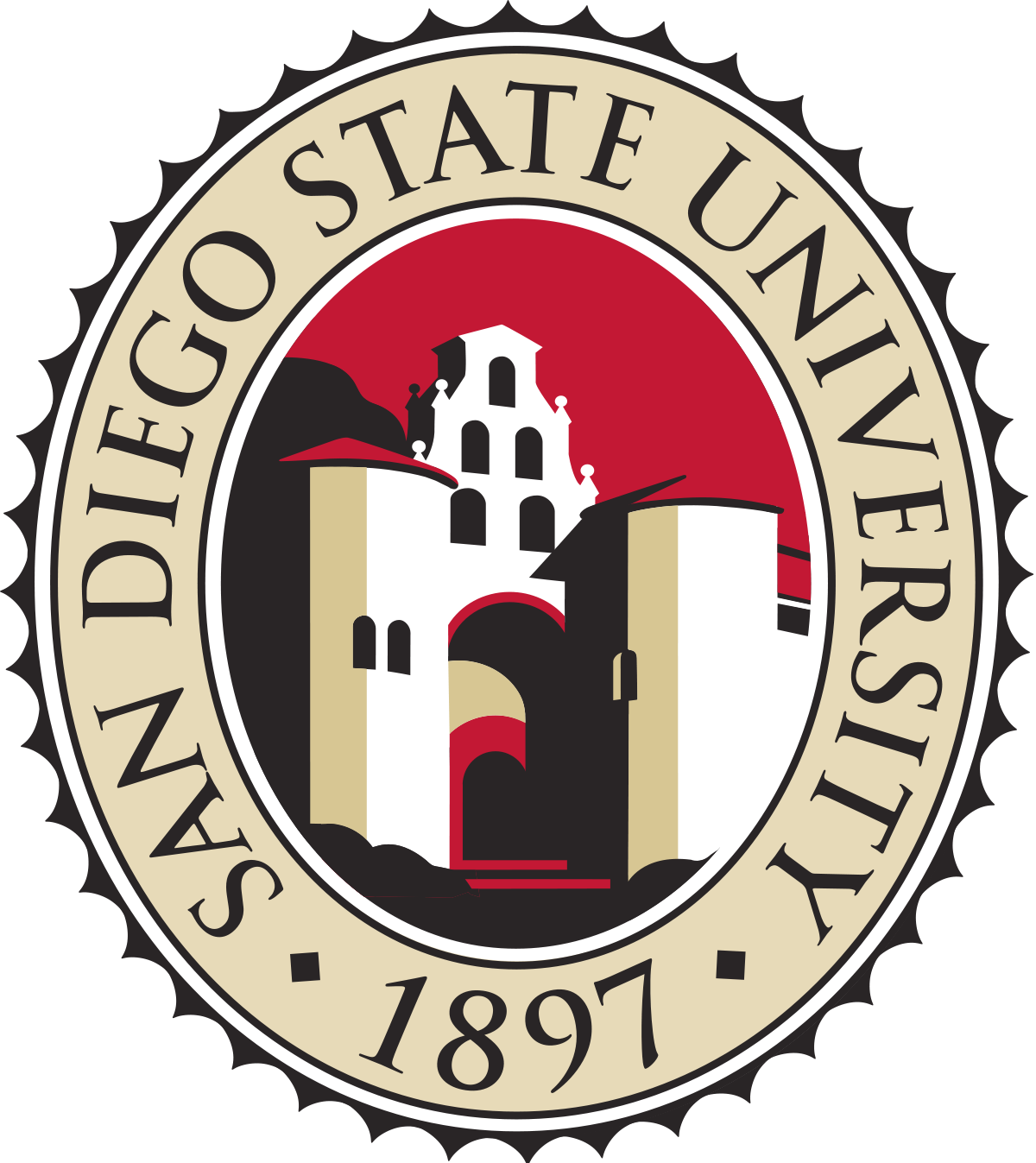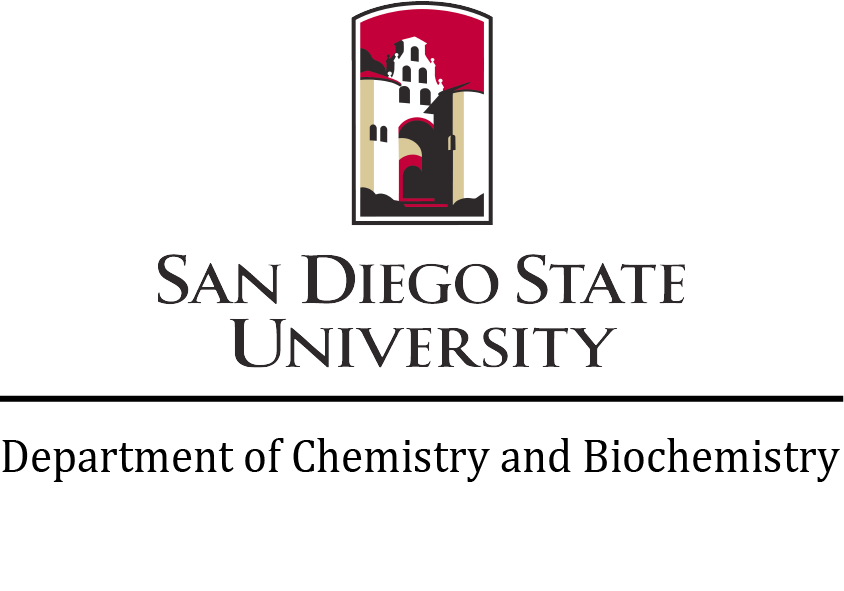This page will give you a sense of the kind of techniques we use in the lab.
The lab is organized into seven modules:
1) Molecular Biology
This is generally defined as DNA manipulation. The most common procedures are DNA plasmid preparation, cDNA amplification by polymerase chain reaction (PCR), DNA construct design and synthesis, and site-directed mutagenesis. To carry out these procedures, we are equipped with a Bio-Rad iCycler Gradient PCR Thermocycler, New Brunswick Incubators/Shakers, constant temperature incubator, two microcentrifuges, agarose gel electrophoresis units, water baths, refrigerators, and freezers.
2) Protein Expression
We express practically all of the proteins studied in our lab. To this end, we make extensive use of two recombinant protein expression systems. The first is E. coli bacteria. It is fast, easy, and cheap. However, many complicated eukaryotic signaling proteins fail to express in bacteria. In these cases, we have made use of Sf9 insect cells to express our desired protein product. Insect cell expression is a bit more complicated and a lot more expensive than E. coli. For protein expression, we have shakers, flasks, and many strains of exotic bacteria. We also make use of a shared cell culture facility with dedicated laminar flow hoods, refrigerator, incubator, and shaker.
3) Protein Purification
Successful structural biochemistry research completely depends on good starting material. That means pure samples. We use many centrifugation and chromatographic techniques to purify our protein samples to homogeneity. For the purpose of purification, we have a cold room FPLC Chromatograph as well as a room temperature AKTA Basic Chromatograph capable of running at both low and high pressures. We make use of diverse chromatographic techniques including affinity, ion exchange, reverse phase, and size exclusion chromatography. We share two Sorvall RC5C Plus centrifuges with the other labs in the Department of Chemistry & Biochemistry. Monitoring protein purification relies heavily on our use of SDS-polyacrylamide gel electrophoresis (SDS-PAGE) and, to a lesser extent, Western blot.
4) Biochemistry and Assay Development
In order to confirm that purified proteins retain their biological functions, we are often required to develop in-house biochemical assays. Some of the more common assays include pulldown assays, analytic size exclusion, electrophoretic gel mobility assay (EMSA), analytical ultracentrifugation, isothermal titration calorimetry, quantitative real-time PCR, and enzymatic assays with radioisotopes. We have a space dedicated for handling radioactivity housed within the lab.
5) Protein Crystallization
Some consider the growth singular protein crystals capable of diffracting x-rays as more of an art than science. However, the use of extremely high-quality samples significantly improves chances of success. We have dedicated spaces for crystallization screening at room temperature, 18 degrees, and 4 degrees. We also have a Leica S8Apo Stereomicroscope for viewing crystals during growth and manipulation.
6) X-ray Diffraction
Diffraction of monochromatic x-rays by a single protein crystal is the most exciting result in a structural biochemistry laboratory. In general, this signifies that a biomolecular structure can be determined, though considerable more work is usually required. In order to test x-ray diffraction by crystals we have a Rigaku RU-H3R x-ray generator and R-Axis IV++ image plate detector with Osmic Blue optics, Oxford CryoStream cryostat, and Haskris R300 water chiller. The SDSU Macromolecular X-ray Crystallography Facility is housed downstairs in Chemical Sciences Laboratory 231.
7) Structure Determination
Interpretation of raw diffraction data to generate meaningful electron density maps of molecules requires high-performance computers and relatively sophisticated software. We have two LINUX workstations that function respectively as data processing and structure solution/model building computers. The latter is equipped with a NuVision infrared emitter and glasses to allow for 3-dimensional viewing of protein structures.

